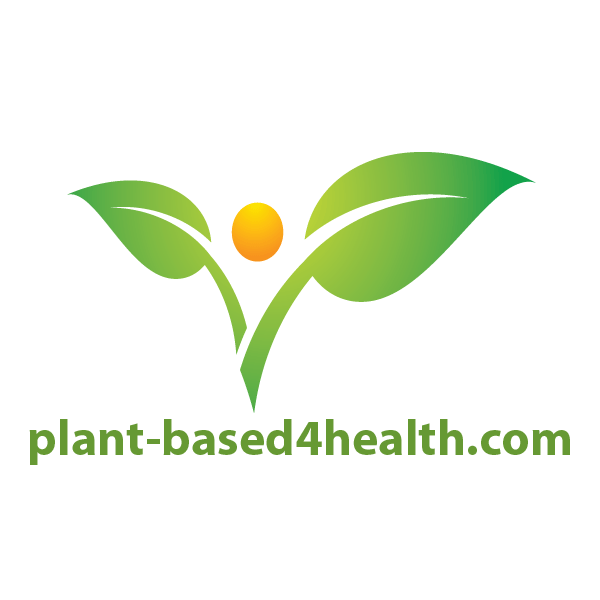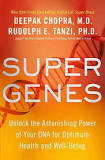
by plant4health | Nov 22, 2015 | Epigenetics, Healing, Nutrition, Organic, Whole food, plant-based
Dr. Deepak Chopra, M.D., author of 80 books and co-founder of the Chopra Center for Well-Being and founder of the Chopra Foundation, recently spoke in Los Altos Hills, CA about his new book, Super Genes, which he co-wrote with Rudolph Tanzi, PH.D. Here is a brief summary of his presentation embellished with information from the book, noted in quotes.
Super genes are your body’s self-regulating building blocks, which are constantly sending instructions to your body. The super genome consists of three components: genome, epigenome and microbiome.
- Genome: you have 23,000 genes in your body and 100 trillion cells – more cells than all the stars in the Milky Way galaxy! A gene is a unit of heredity and carries memories of a cosmic nature spanning 14 billion years.
- Epigenome: a sheath of proteins that encloses DNA. It is a switching mechanism that enables your cells to respond to your experiences. Epigenetics is the study of gene expression influenced by external factors and your environment. Examples include environmental toxins, stress, diet, relationships and even your thoughts and emotions. Every experience you have makes your genes express themselves. Negative emotions like fear, guilt, and shame cause the self-regulation to get disrupted and that can result in illness.
- Microbiome: colonies of bacteria that line your gut and can be found on your skin. There are trillions of them in your body, over 2,000 species. Bacteria is essential to humans and makes digestion possible.
(more…)
![FACT: Our genes DO NOT dictate our health]()
by plant4health | Nov 19, 2015 | cancer, Healing, Nutrition, Organic, Plant-based, Vegan, WFPB, Whole food, Whole food, plant-based
 We’ve all heard it many times, “Breast cancer runs in my family”, “It’s no surprise I have heart disease since my father and his father before him did,” or “Everyone in my family has high blood pressure, so I’m sure I will too.”
We’ve all heard it many times, “Breast cancer runs in my family”, “It’s no surprise I have heart disease since my father and his father before him did,” or “Everyone in my family has high blood pressure, so I’m sure I will too.”
We accept the “diseases of old age” (cancer, cardiovascular disease, high blood pressure, diabetes, arthritis, etc.) as inevitable based on our family history, believing that our genetics predetermines our health.
Thank goodness this belief has been scientifically proven false!
We actually have a significant amount of control over our health as we age – yes, even over our DNA. This news is very empowering!
Our genes do not cause disease. We’ve been taught that our DNA provides a predetermined script of who we are; hair and eye color, shape of our face, height, etc. Thanks to the findings from the Human Genome Experiment (2003), science has identified which genes are associated with specific diseases. From this data, scientists had theorized that if your DNA consisted of a certain gene, then you would develop the disease that gene represents. (more…)
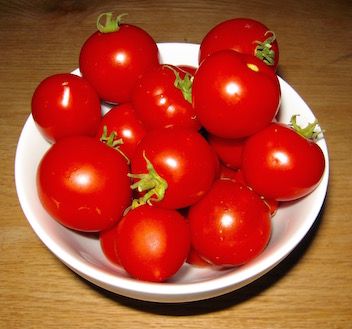
by plant4health | Oct 15, 2015 | cancer, Healing, Nutrition, Organic, Plant-based, Recipes, Vegan, WFPB, Whole food, Whole food, plant-based
 Eating a variety of whole plant-based foods is essential for healing and maintaining excellent health. Science is now discovering that some foods, when eaten together, increase the effects of their individual nutrients, providing even greater health benefits. This is called food synergy. Last month I wrote about lemons. Today, it’s all about tomatoes.
Eating a variety of whole plant-based foods is essential for healing and maintaining excellent health. Science is now discovering that some foods, when eaten together, increase the effects of their individual nutrients, providing even greater health benefits. This is called food synergy. Last month I wrote about lemons. Today, it’s all about tomatoes.
It’s well known that tomatoes are an excellent source of antioxidants: beta-carotene, vitamin E, and vitamin C. But did you know that they are also rich in potassium and a very good source of copper, manganese, dietary fiber, vitamin B6, folate, niacin, and phosphorus? And have you heard that tomato peels contain all four major carotenoids that help protect your body from cancer? When tomatoes are cooked, the lycopene (one of the major carotenoids that lowers the risk of cardiovascular disease and certain cancers) becomes even more bioavailable, increasing the amount your body can absorb.
What’s even more amazing is that when tomatoes are combined with cruciferous vegetables, avocados or olive oil, a synergistic effect occurs that enables your body to more easily absorb and use those powerful anti-cancer and healing nutrients.
Tomatoes and Cruciferous Vegetables – Individually, tomatoes and cruciferous vegetables (broccoli, cauliflower, cabbage, etc.) contain cancer-fighting properties, each food providing distinctive bioactive compounds that fight cancer in different ways. Research has discovered that, when tomatoes and cruciferous vegetables are combined, cancer fighting properties of each are significantly enhanced as the carotenoids in tomatoes increase the bioactive components found in the vegetables. One study at the University of Illinois focused on the synergistic effect of broccoli and tomatoes. They discovered that the tumor-inhibiting effects are significantly enhanced when broccoli and tomatoes are eaten together. It has also been found that chopping and then heating the vegetables makes the cancer fighting compounds even more active. The cutting process breaks the cells and activates an enzyme that initiates a cellular process that results in increased cancer protection. And, as I mentioned in last month’s Lemon Synergy blog, adding a little lemon juice to broccoli increases that enzyme activity. However, be careful of overcooking cruciferous veggies as it results in decreasing their nutrient power. It’s best to steam or sauté lightly.
Try these simple recipes:
Tomatoes and Avocados or Olive Oil – Science has proven that lycopene is fat soluble. As a result, consuming healthy fats with tomatoes increases your body’s absorption rate of the lycopene. According to a study from Ohio State University, when tomatoes are eaten along with avocados or olive oil, the body’s absorption of lycopene is increased up to 15 times. In addition, in 2000, a study in Free Radical Biology and Medicine revealed that, when people consumed tomato products with extra-virgin olive oil versus sunflower oil, researchers discovered that olive oil raised the antioxidant activity of the lycopene in tomatoes. However, consuming sunflower oil produced no effect.
Try these simple recipes:
- Food.com’s Simple Tomato and Avocado Salad
- Add tomatoes and avocado to your salad or use olive oil in your dressings
- Roast or sauté tomatoes with onion and red bell pepper and a little olive oil, garlic, Italian herbs and sea salt. Once cooked, blend in a food processor or blender until the desired consistency then serve over pasta or your favorite grain. Ta da! You’ve got a delicious, high powered nutritious sauce to go with your meal.
Next time you go grocery shopping, don’t forget your tomatoes.
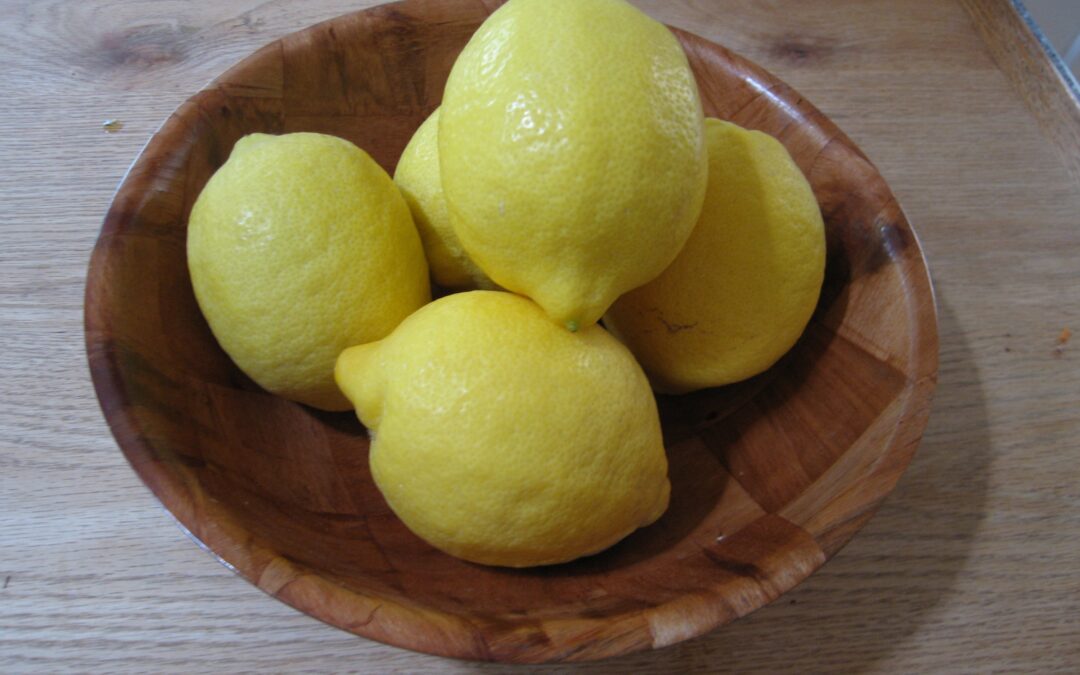
by plant4health | Sep 17, 2015 | cancer, Healing, Nutrition, Plant-based, Recipes, Vegan, WFPB, Whole food, Whole food, plant-based
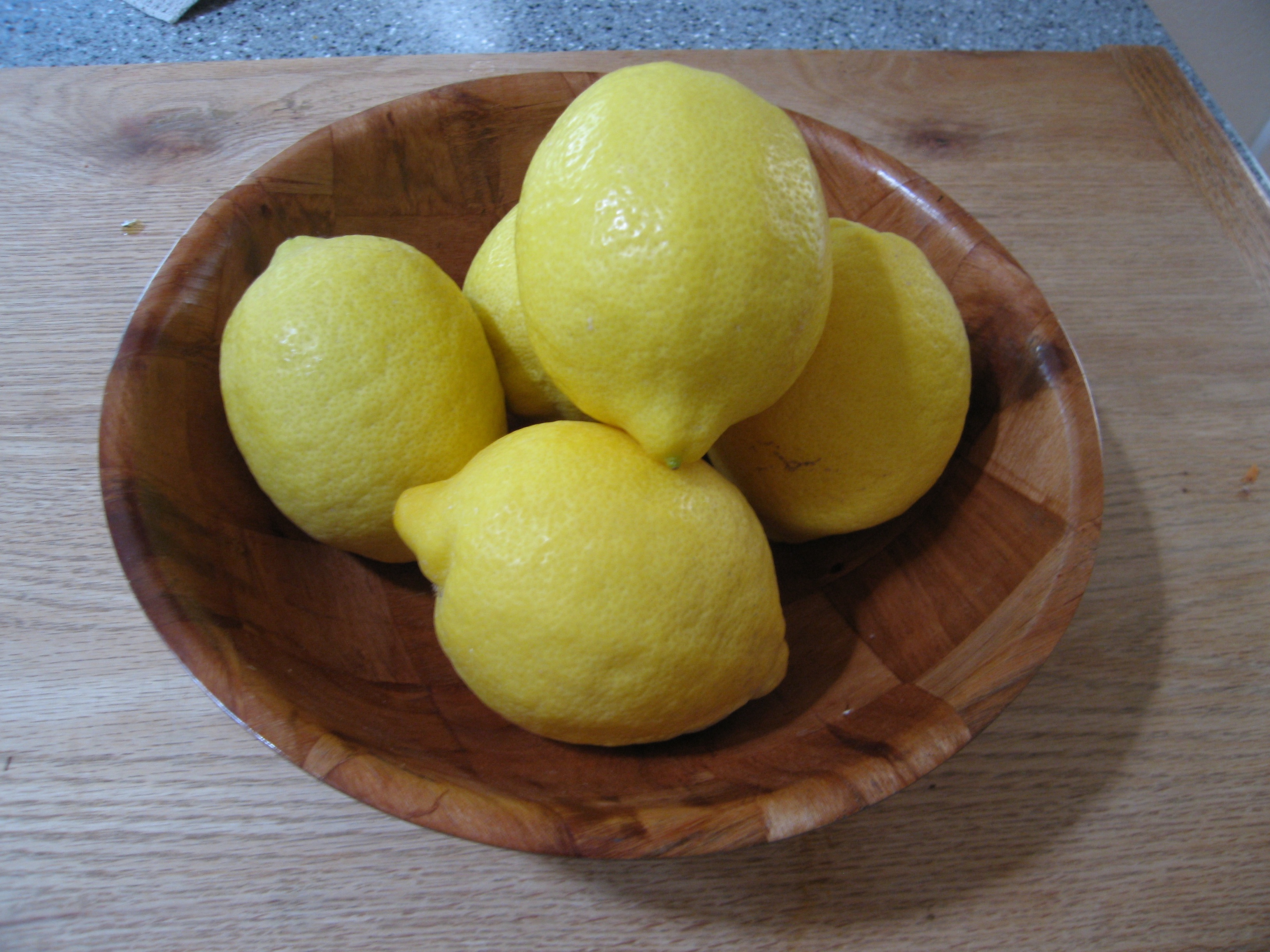 Last month, I wrote about food synergy, how healing through food is not about obtaining large amounts of any single nutrient, but how whole plant-based foods provides a complex mix of nutrients that work together synergistically within your body to create powerful health benefits we have yet to understand. My next series of blogs are going to take this concept one step further by looking at how specific food combinations enhance the nutrient potency of your meal and the bioavailability of those nutrients.
Last month, I wrote about food synergy, how healing through food is not about obtaining large amounts of any single nutrient, but how whole plant-based foods provides a complex mix of nutrients that work together synergistically within your body to create powerful health benefits we have yet to understand. My next series of blogs are going to take this concept one step further by looking at how specific food combinations enhance the nutrient potency of your meal and the bioavailability of those nutrients.
Today, I’m going to focus on lemons. On their own, lemons contain many nutrients that boost the immune system and fight infection: citric acid, calcium, magnesium, Vitamin C, bioflavonoids, pectin, and limonene. They provide strong antibacterial and antiviral properties, as well as act as a digestive aid and liver cleanser. Lemons are also alkaline which helps balance your body’s pH, protecting you from inflammation and disease. When eaten with specific other foods, lemons are a wonderful example of food synergy as they enhance nutrient absorption and potency. Take a look at these powerful food combinations: (more…)

by plant4health | Aug 20, 2015 | cancer, Healing, Nutrition, Plant-based, Vegan, WFPB, Whole food
 Food Synergy describes the way whole food, when consumed, provides a complex mixture of nutrients that work together in combination with your body to create powerful health benefits.
Food Synergy describes the way whole food, when consumed, provides a complex mixture of nutrients that work together in combination with your body to create powerful health benefits.
I’ve been learning a lot about the important role food synergy plays in our health. We’ve been taught that healthy eating is an easily solved mathematical calculation – simply consume the amount of nutrients based on the FDA’s % of Daily Value. If you prefer to eat foods void in nutrients (such as processed foods) or you dislike veggies, simply take a vitamin. Nutrition has become ‘medicalized’ as we reach for that perfect supplement to “cure what ails you”. The truth is, that’s not enough.
Here’s the problem with the “pill popping” kind of thinking: (more…)
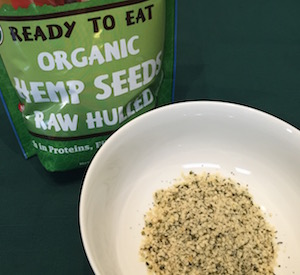
by plant4health | Aug 13, 2015 | Nutrition, Plant-based, Vegan, WFPB, Whole food, plant-based
Hemp is a common term for high-growing varieties of the herb, cannabis sativa, and its products. The versatile hemp plant is grown not only for food but also for oil, resin, wax, rope, fabric, paper, pulp and biofuel. Hemp foods are made from a variant of the cannabis plant in which the psychoactive ingredient in marijuana, THC or tetrahydrocannabinol, is so low it is non-detectable.
The primary edible part of the hemp plant are its seeds. Raw shelled hemp seeds, also known as hemp hearts, can be eaten as is or made into protein powder, oil, flour and milk. The seeds are packed with high quality protein, healthy fat, fiber, and have anti-inflammatory properties. Since they are eaten raw, they retain their enzymes, vitamins, minerals, antioxidants and chlorophyll.
In just 3 tablespoons (30g) of hemp seeds you get 13 grams of fat, 3 grams of carbohydrates and 10 grams of protein. In addition, hemp seeds are loaded with manganese, phosphorus, magnesium, thiamin, iron and zinc. See the table below based on the nutrition data from Carrington Farms.
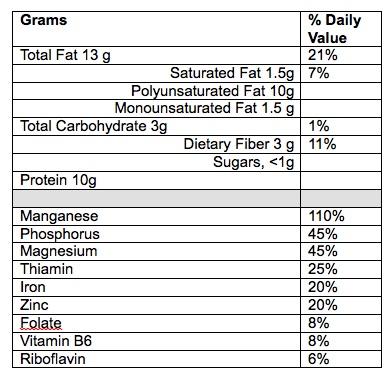
Protein:
Hemp seeds contain 33% protein and all 10 essential amino acids, making them a complete protein. According to professional vegan triathlete and author, Brendan Brazier, hemp is more alkaline than most proteins so is a great protein source if you are balancing your pH. In addition, hemp has anti-inflammatory properties namely due to an amino acid, edestin, that is an integral part of DNA. Brendan says that “it makes hemp the plant source closest to our own amino acid profile.”
Healthy fats:
Hemp seeds provide the perfect ratio (3:1) of Omega-6 to Omega-3 essential fatty acids. In 3 tablespoons you’ll get 7.5 g of Omega-6 and 3g of Omega 3. Omega-6 is pro-inflammatory and most Americans get way too much of it. Omega-3s on the other hand are anti-inflammatory. Read more about why you want to avoid inflammation.
Easy to digest:
Raw hemp protein retains naturally-occurring enzymes which make it easy to digest and absorb. Hemp milk is easier to digest than soy milk. Dr. Andrew Weil states that “hemp milk contains no oligosaccharides, complex sugars that can cause flatulence if not properly broken down during digestion” unlike soy milk.
Allergies?
According to Dr. Weil, “As far as allergies are concerned, hemp seeds and nuts do not pose the threat that tree nuts do. Similarly, anyone allergic to soy or dairy should be able to safely consume hemp milk.”
How to use:
Sprinkle hemp hearts or protein powder on your oatmeal or other cereal, in salads, soups and in smoothies. Hemp oil is dark green with a nutty flavor and makes a great salad dressing base. See our recipe for Chia, Flax, & Hemp Seed Pudding – a great way to start the day. Serve with hemp milk, sliced bananas and fresh berries!

